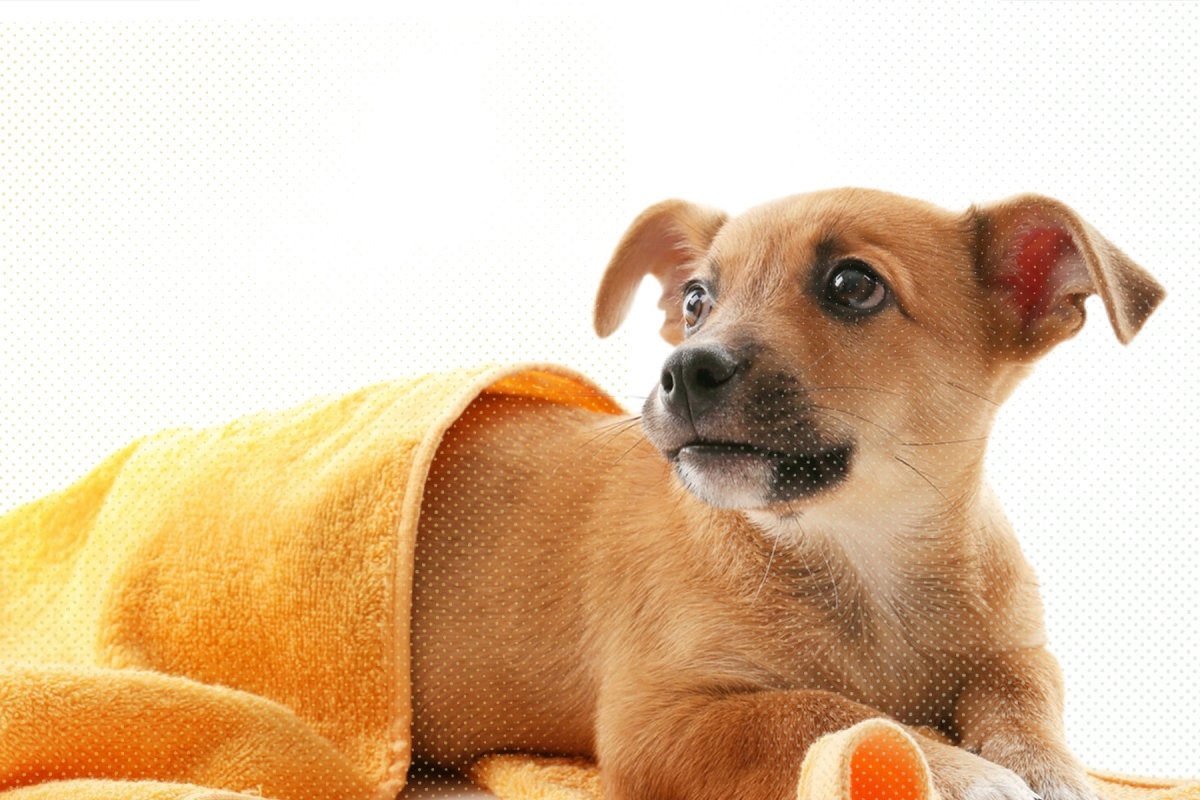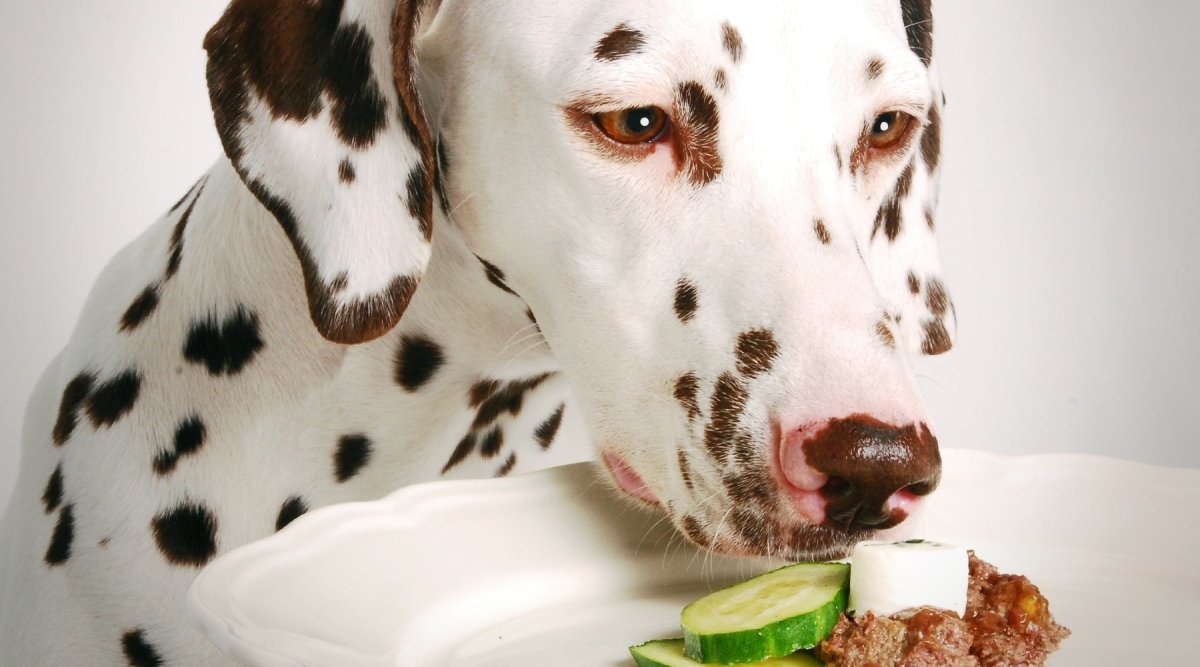Flying with a dog is a matter of course for many animal lovers. But there are a few things to bear in mind.
Flying with a dog
Flying with a dog is nothing unusual these days, as pet lovers consider their dog to be a fully-fledged member of the family. There is too much concern that they might be sad if you put them in a kennel or leave them with friends and relatives during your vacation. If you are taking your four-legged friend with you on your travels, you should find out in advance about the regulations of the various airlines so that you can enjoy a stress-free vacation together. When flying with your dog, there are a few things to arrange in advance. As a rule, the family pet must be vaccinated, it needs a chip and a rabies titer test. Countries have different entry regulations for importing animals, and this also applies to flying with a dog. Your vet can provide you with detailed information. As there are no generally applicable regulations, it is best to find out in detail on the respective airline's website under the heading "Flying with a dog". Anything else would be an incalculable risk and you would run the risk of your dog not being allowed on the plane. Even the dog crates have to meet certain criteria to ensure that dogs can fly with you. Some airlines do not take dogs on board at all. However, these are only a few exceptions. Proper preparation when flying with your dog is essential if you want to have a great vacation with your beloved pet.
Flying with your dog - register your pet in advance
If you have decided to fly with your dog, you should register your pet with the airline when you book your own tickets. Adding your pet at a later date could pose a risk, as the capacity in the separate transport area for transporting animals is limited to a certain number of animals. A last-minute registration when flying with a dog to take it with you in the transportation area may go wrong. However, it is usually possible to book the animal at least 24 hours before departure. However, if the registration deadline is exceeded, flying with your dog is usually no longer an option.
Flying with your dog - the animal's well-being is crucial
When flying with a dog, the focus is clearly on the well-being of the four-legged friend. In this respect, it is essential to follow valuable tips and advice. If you have obtained a flight box that complies with the regulations, place the dog's favorite blanket in it before the flight. It is also helpful to give the dog a T-shirt already worn by its master or mistress in the transport box. Your dog's cuddly toy should also not be missing when flying. This can take the nervousness out of your four-legged friend during the flight. Flying with your dog requires early familiarization with the flight box, so you can alleviate your dog's fear of the transport container. If your dog spends a little time in the box every day, he will get used to it after a few weeks. If he doesn't want to go in at first, you can put a few snacks in the carrier to tempt him. For extremely nervous or anxious animals, it is advisable to administer a calming medication before flying to ensure a stress-free flight. Your vet is the right contact for this to avoid unwanted side effects. Vets have a wealth of experience when it comes to vacationing with dogs. Natural calming measures can also be helpful.
Flying with your dog - transport box regulations
When flying with your dog, there are certain conditions to be met for the right transport box. The flight crate must meet certain requirements. The dog must be able to sit up, turn around and lie down in the box. The container must also be absolutely escape-proof when flying. Hard plastic or wooden cages are ideal for this. The box should be protected with an absorbent underlay to prevent liquids from leaking out. Under no circumstances should you place any objects with sharp corners or edges that could cause injury in the transport cage. The animal could injure itself during the flight. Flight boxes must have holes for ventilation. In addition, the dog leash belongs in the hand luggage, not in the transport box. Small dogs have the option of flying in the passenger cabin. Ultimately, this depends on the size of the animal. If the dog fits into a 55 x 40 x 23 cm dog box, it has a good chance of getting into the cabin during the flight. The maximum accepted weight for the cabin dog is eight kilos. However, the animal must remain in the box for the entire duration of the flight and it is strictly forbidden to open the container. The crate may not be placed on a seat. It is also not possible to book an additional seat.
Flying with a dog - special regulations for fighting dogs
Special regulations apply when flying with a dog that belongs to a fighting dog breed. One requirement is a specially secured transport cage. Exceptions are puppies that have not yet reached the age of six months. Dogs belonging to a fighting dog breed must be declared on the flight. When flying with a dog, care must be taken with short-headed or blunt-nosed breeds, as these animals often suffer from respiratory distress under extreme mental stress. This can lead to suffocation attacks during the flight. When flying with a dog, it is important to consider such risks.
Costs of flying with a dog
Flying with a dog is of course associated with costs. Deaf or guide dogs can be carried free of charge on many airlines. Flying with a dog otherwise depends on the planned route and the airline. Within Europe and if you take your dog with you in the cabin, you can fly for as little as ten euros. Well-known airlines, on the other hand, charge up to fifty euros per flight. Flying with your dog in the cargo hold is considerably more expensive. You can expect to pay around 300 euros. If you are planning a vacation with your dog and the route can only be reached by plane, make sure you choose your airline in advance. There are also airlines that do not transport dogs.
Flying with your dog - arrive and relax thanks to the Relax Snack
After a flight, arriving in a new environment can be overwhelming for your dog. The new smells, noises and general hustle and bustle can be stressful for your four-legged friend. Here comes the Relax Snack comes into play! This snack has been specially developed to help dogs calm down and relax in stressful situations. It contains natural ingredients that have calming properties and is a great way to treat your dog after the flight. Once you arrive at your destination, give your dog the Relax Snack at the right dose and take time for a walk. The snack will help him to calm down and make positive associations with his new surroundings. In addition to the Relax-Snacktry to offer the dog as much normality as possible - be it his usual food, his favorite toy or a short game. This will help him adjust even faster and make the overall travel experience more enjoyable. And don't forget to provide him with plenty of water to ensure he stays hydrated.



